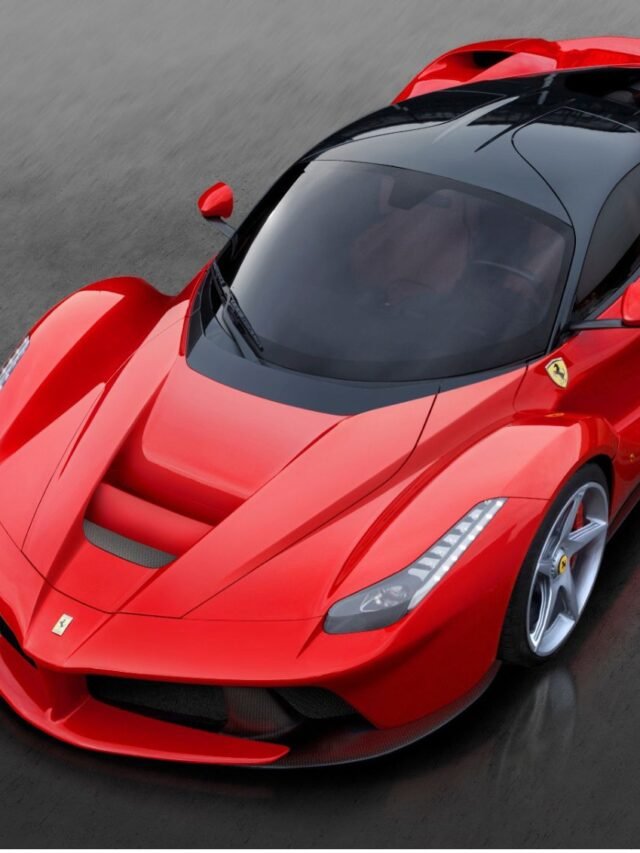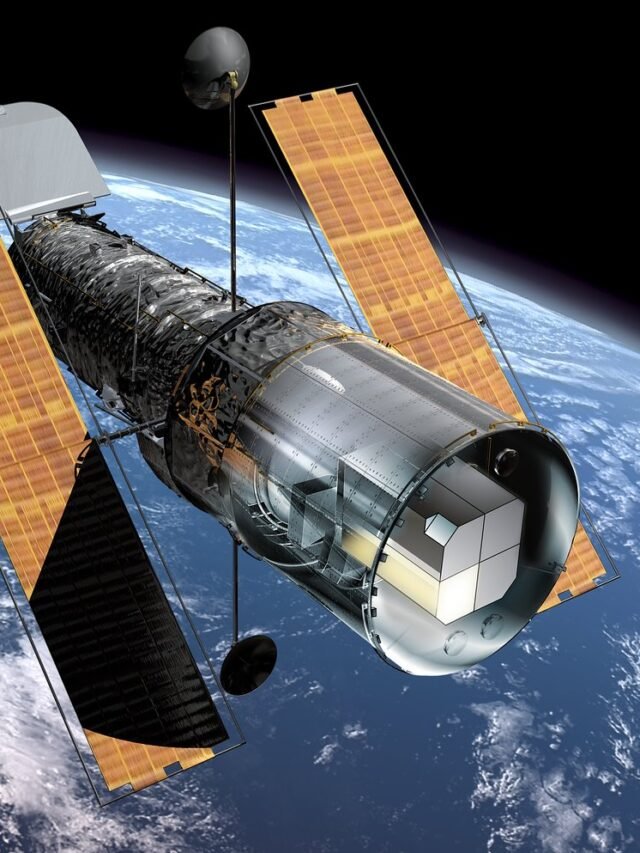“Discovering the Power Behind Everyday Devices: The Evolution of the Electric Motor”
The Fascinating Journey of Electric Motor Inventions: Discover the history and development of the electric motor, from its early beginnings in the 1740s to its current widespread use in modern appliances and devices.
Electric motors are at the heart of many of the appliances and devices that we use every day. From clocks to cars, washing machines to vacuum cleaners, most of the electric appliances around us have an electric motor inside them. But have you ever stopped to think about how the electric motor was invented?
The invention of the electric motor is the result of the work of many brilliant and inquisitive minds, building on earlier discoveries in the fields of battery, magnetic fields, and electromagnetism. The first electrical motor is thought to have been a simple electrostatic motor invented by Andrew Gordon in the 1740s.
However, it was the work of Michael Faraday that really shaped the future of electrical science. Faraday, a British chemist, and physicist was born into a poor family but had a lifelong passion for reading and learning. This love of knowledge helped him understand the concept of force and ultimately led to his discovery of electromagnetic induction.
Dual Inverter AC: What It Means and How It Works
In 1827, Anyos Jedlik experimented with electromagnetic coils and solved many of the technical problems associated with repeated rotation by introducing the commutator. A year later, he showcased his first machine, which consisted of a rotor, commutator, and stator.
William Sturgeon introduced the first commutator DC electronic motor in 1832, and Thomas Davenport created a DC motor for commercial use, but it was too expensive due to the high cost of batteries. Jedlik continued to work on the machine and finally, in 1871, Zenobe Gramme introduced the first commercially successful machine, an anchor ring dynamo.
In the 1880s, Nikola Tesla and Galileo Ferraris developed rotating AC motors, but it was Tesla who ultimately succeeded in developing a practical induction motor, which was bought by George Westinghouse. However, the consistent speed of the AC induction was not considered suitable for street cars, so Westinghouse’s engineers adjusted it for use in a mining operation in Colorado in 1891.
In 1886, Sprague introduced the first consistent-speed DC motor, and in 1888, Tesla presented a paper on alternating current transformers and motors. By 1891, General Electric was producing three-phase induction motors, and in 1896, Westinghouse and General Electric signed an agreement for the production of squirrel cage rotors.
Alfred Zehden described a linear induction motor in 1905, which could be used in lifts or trains, but it took until 1935 for Kemper to build the first practical linear induction motor. These innovations and improvements in electric motors have led to the creation of the devices and appliances that we use every day, making our lives easier and more convenient.
The evolution of the electric motor has been a long and ongoing process, but the impact of this invention on the modern world cannot be overstated. The widespread use of electric motors has revolutionized transportation, manufacturing, and household appliances, among other areas.
Today, electric motors are used in a wide range of applications, from powering electric cars and trains to running power tools and household appliances. The use of electric motors has not only made our lives easier but has also allowed us to do things that would have been impossible just a few generations ago.
Despite their widespread use, electric motors continue to evolve and improve. Today’s motors are more efficient, lighter, and less expensive than ever before. New materials, such as rare earth magnets, have been developed to improve the performance of electric motors, while advances in computer technology have allowed for more precise control and monitoring of motor performance.
In conclusion, the invention of the electric motor has been a key milestone in the history of technology. The many brilliant minds that contributed to the development of this essential piece of technology have given us a tool that has changed the world in countless ways. We can be grateful for the contribution of those who came before us and continue to push the boundaries of what is possible with electric motors.
FAQ:
Q: What is an electric motor?
A: An electric motor is a device that converts electrical energy into mechanical energy. It works by using magnetic fields to generate a rotational force that can be used to power appliances, devices, and vehicles.
Q: Who invented the first electric motor?
A: The first electrical motor is thought to have been a simple electrostatic motor invented by Andrew Gordon in the 1740s. However, it was the work of Michael Faraday, who discovered electromagnetic induction, that helped shape the future of electrical science.
Q: What was Michael Faraday’s contribution to the development of electric motors?
A: Michael Faraday was a British chemist and physicist who discovered electromagnetic induction. This was a key discovery that paved the way for the development of the electric motor.
Q: Who introduced the first commercially successful electric motor?
A: Zenobe Gramme introduced the first commercially successful electric motor in 1871, an anchor ring dynamo.
Q: Who developed the first rotating AC motor?
A: Nikola Tesla and Galileo Ferraris developed rotating AC motors in the 1880s, but it was Tesla who succeeded in developing a practical induction motor.
Q: What has been the impact of electric motors on the modern world?
A: The widespread use of electric motors has revolutionized transportation, manufacturing, and household appliances, among other areas. They have made our lives easier and allowed us to do things that would have been impossible just a few generations ago.
Q: How have electric motors evolved over time?
A: Electric motors have evolved to become more efficient, lighter, and less expensive, and have improved performance through the use of new materials and advances in computer technology.










